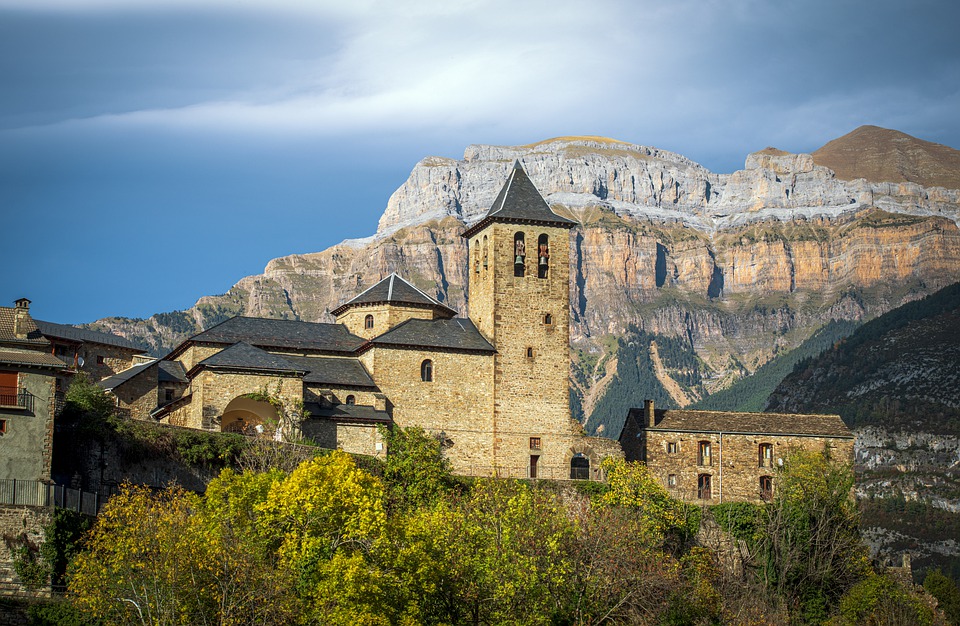Almeria’s Rich Cultural Tapestry: Dive into the History and Traditions of this Vibrant Spanish City
Introduction
Welcome to Almeria, a city renowned for its rich cultural heritage and vibrant traditions. Located in the southeastern coast of Spain, Almeria offers a unique blend of history, architecture, and local customs that beautifully showcase the city’s diverse tapestry. From Moorish influences to ancient ruins, this article will take you on a journey through the captivating cultural landscape of Almeria.
Ancient Origins
The roots of Almeria’s cultural heritage can be traced back to its ancient origins. Established by the Phoenicians around 950 BC, the city’s strategic location along the Mediterranean Sea made it an important center for trade and commerce. Over the centuries, Almeria has been influenced by various civilizations including the Romans, Moors, and Christian Kingdoms.
Moorish Influence
During the 8th century, Almeria fell under Moorish rule and thrived as a prominent trading port. The Moorish influence is particularly evident in the city’s architecture and design. The Alcazaba, a majestic medieval fortress, is one of the most iconic attractions in Almeria. Its imposing walls, elegant courtyards, and stunning views make it a testament to the city’s Moorish past.
Alhambra de Almeria
Another remarkable example of Moorish influence is the Alhambra de Almeria, a building that once served as a Muslim palace. Although largely destroyed by an earthquake in the 16th century, its remains offer insight into its former glory. The intricate arches, ornate decorations, and serene gardens are reminiscent of the grandeur of the Alhambra in Granada, a UNESCO World Heritage Site.
Religious Traditions
Almeria’s rich cultural tapestry also includes vibrant religious traditions. One of the most important events is the Semana Santa, or Holy Week, which takes place in the lead-up to Easter. During this time, religious processions fill the streets with elaborate floats, religious sculptures, and incense-infused atmosphere. The Semana Santa in Almeria is known for its striking imagery and the participation of numerous brotherhoods.
Local Cuisine
No exploration of a city’s culture is complete without indulging in its local cuisine. Almeria offers a variety of traditional dishes that perfectly reflect the region’s gastronomic heritage. From freshly caught seafood dishes like gambas al pil-pil (spicy garlic prawns) and marinated sardines to hearty stews such as olla de trigo, the local cuisine is a fusion of flavors influenced by Arabic, Mediterranean, and Andalusian traditions.
FAQs
Q: How can I explore Almeria’s cultural heritage?
A: Almeria offers numerous cultural attractions, such as the Alcazaba and the Alhambra de Almeria. Exploring the historic center on foot is a great way to immerse yourself in the city’s cultural tapestry.
Q: When does Semana Santa take place in Almeria?
A: Semana Santa in Almeria is celebrated in the week leading up to Easter. The dates vary each year, so it is recommended to check the local calendar for specific dates.
Q: What are some traditional dishes to try in Almeria?
A: Some traditional dishes to savor in Almeria include tapas like patatas a lo pobre (poor man’s potatoes), ensalada almeriense (Almerian salad), and migas (breadcrumbs dish). Don’t forget to accompany your meal with a glass of locally produced wine or a refreshing tinto de verano (red wine with soda).
